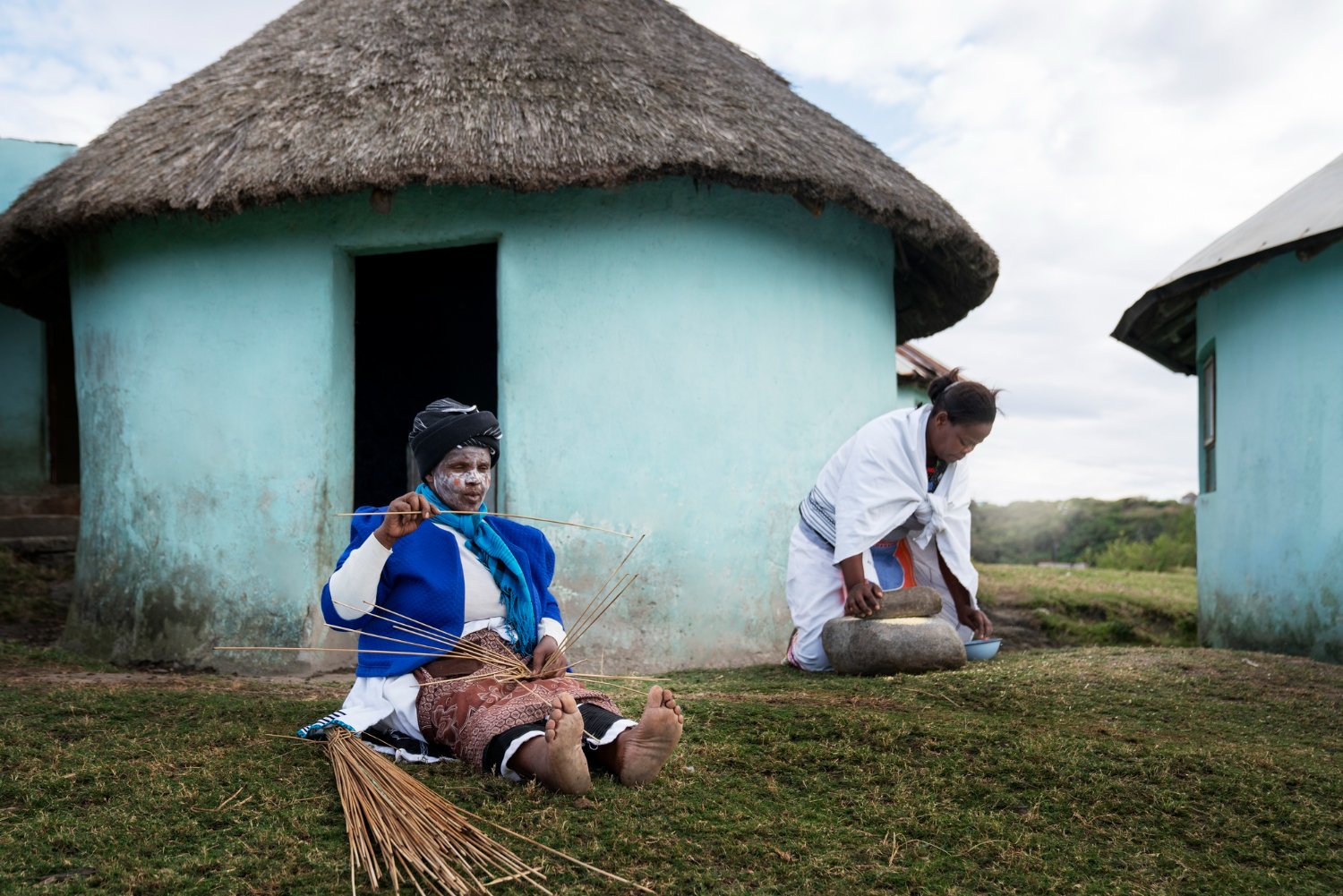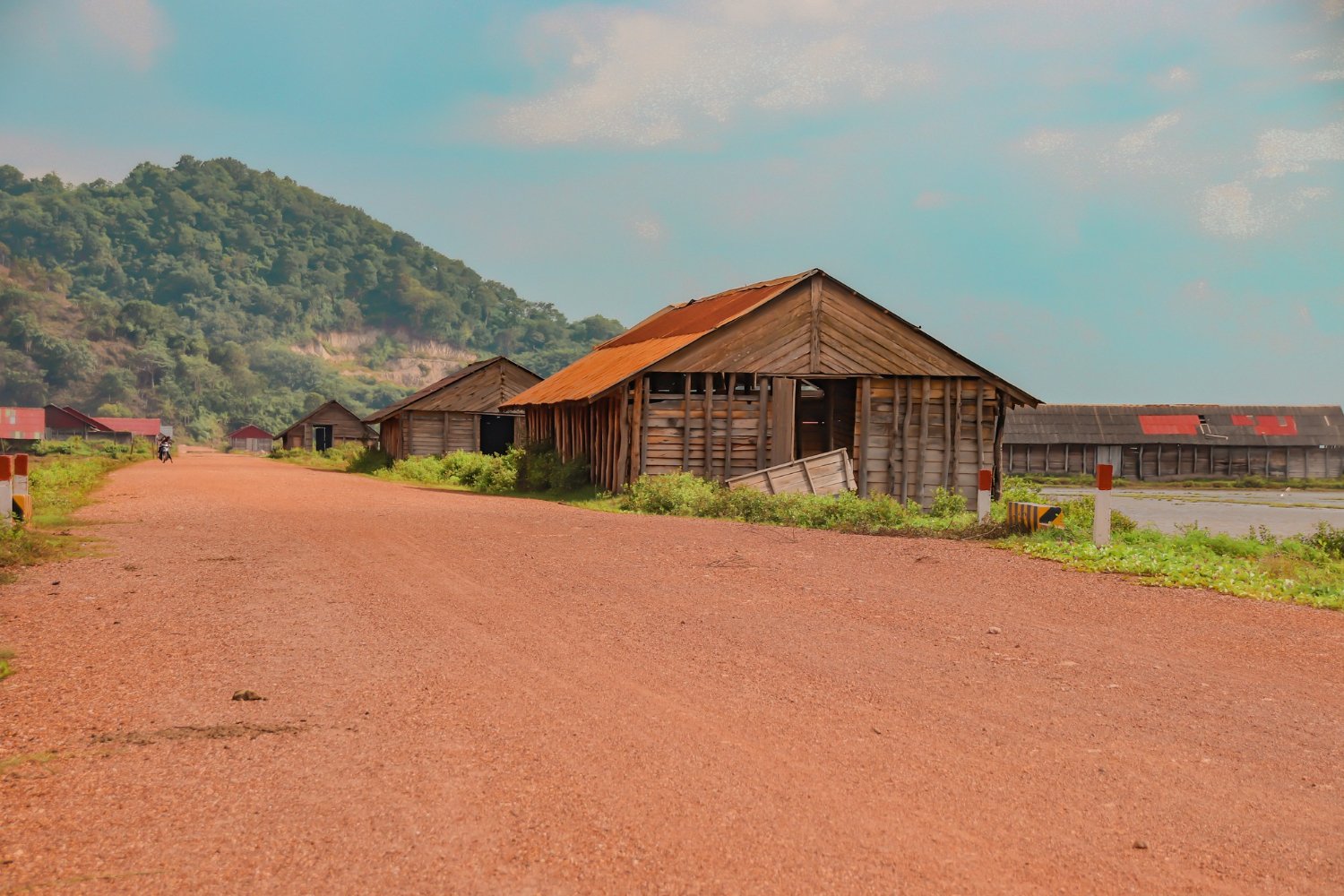Access to quality healthcare is a basic human right — but for many in Waria, Wau Rural, and Wau Urban, it remains an ongoing struggle. While each area has its own unique identity and challenges, a common thread runs through them all: the health infrastructure gaps that continue to leave thousands vulnerable.
Today, we bring forward the voices from these communities, shining a light on the reality behind the statistics — and what needs to change for a healthier future.
Waria: Overlooked and Underserved
In Waria, a largely rural region, health services are scarce and facilities often under-resourced. Small aid posts are spread out, but they are frequently staffed by volunteers rather than trained medical professionals. Essential medicines run out quickly, and many centers operate without reliable electricity or clean water.
“I walked for two hours with my sick child, only to find the clinic closed because they had no nurse,” says Mary, a mother of three from a remote Waria village. “We had to wait another day for someone to come.”
For Waria residents, even minor illnesses can become serious due to the time it takes to access care. Ambulances are a rarity; many rely on community transportation or their own two feet.
Wau Rural: Distances That Endanger Lives
In Wau Rural, where villages are separated by rugged landscapes, distance is one of the biggest barriers to healthcare. Most people live too far from the nearest functioning health centre, and poor road conditions make travel slow and dangerous, especially during the rainy season.
Peter, a local farmer, shares:
“When my wife went into labor, we tried to reach the hospital. It took us half a day. By the time we arrived, it was almost too late. We are lucky she and the baby survived.”
Health posts that do exist are often small and lack critical supplies like vaccines, diagnostic tools, and maternal health equipment. Healthcare workers do their best with what they have, but the system often leaves both staff and patients overwhelmed.
Wau Urban: Growth Outpacing Services
You might expect better conditions in Wau Urban, but even here, health infrastructure struggles to keep up with the growing population. With urban migration on the rise, hospitals and clinics face overcrowding, long wait times, and limited beds.
“I spent six hours waiting just to see a doctor for my daughter’s fever,” recounts James, a Wau Urban resident. “By the time we were seen, the fever had gotten worse.”
Urban health facilities often have better-trained staff and more equipment compared to rural areas, but they are stretched thin. Without expanded facilities and improved management, the healthcare system risks becoming even more strained.
Common Gaps Across Waria, Wau Rural, and Wau Urban
Despite their differences, these three areas share many of the same health infrastructure gaps:
- Lack of Skilled Healthcare Workers: Staff shortages are widespread, from nurses to specialist doctors.
- Limited Supplies and Equipment: Basic medical supplies frequently run out, affecting treatment quality.
- Poor Transport and Emergency Services: Ambulances and reliable transport options are scarce.
- Inconsistent Electricity and Water Access: Many clinics operate without reliable utilities, compromising care.
- Inadequate Maternal and Child Health Services: Women and children are among the hardest hit by service shortages.
The Way Forward: Listening to the Communities
Closing these gaps starts with listening to the people living them. Solutions must be tailored to the needs of each community — because Waria’s needs are different from Wau Urban’s, and Wau Rural faces unique challenges of its own.
Some critical steps include:
- Investing in rural and urban health facilities.
- Expanding mobile clinics and outreach programs.
- Training and retaining more healthcare workers.
- Improving transportation and emergency referral systems.
- Building partnerships between government, NGOs, and local communities.
Healthcare is not just about medicine or buildings — it’s about people. The voices from Waria, Wau Rural, and Wau Urban remind us that behind every statistic is a life, a family, and a future that deserves better.
It’s time to turn those voices into action.






